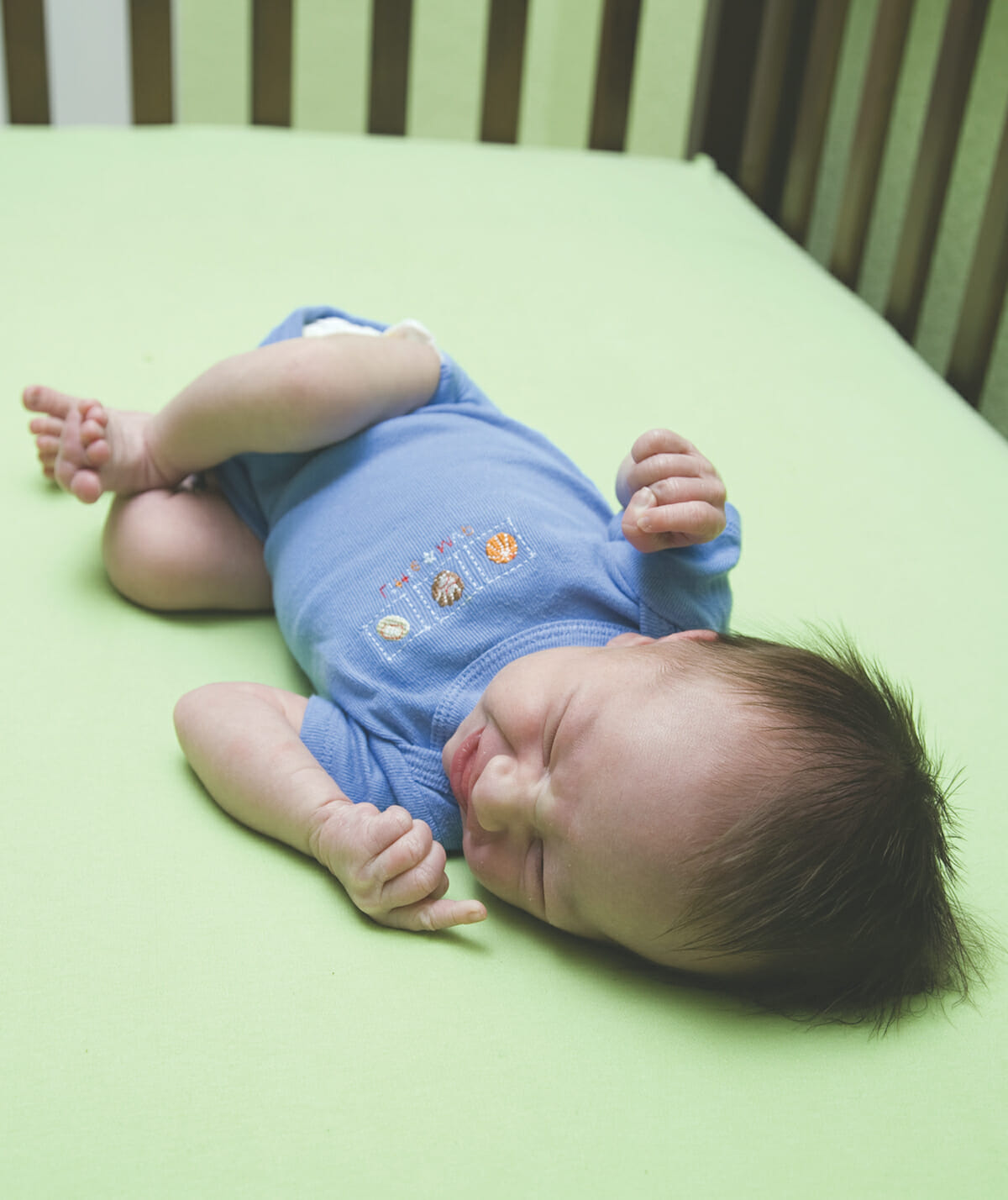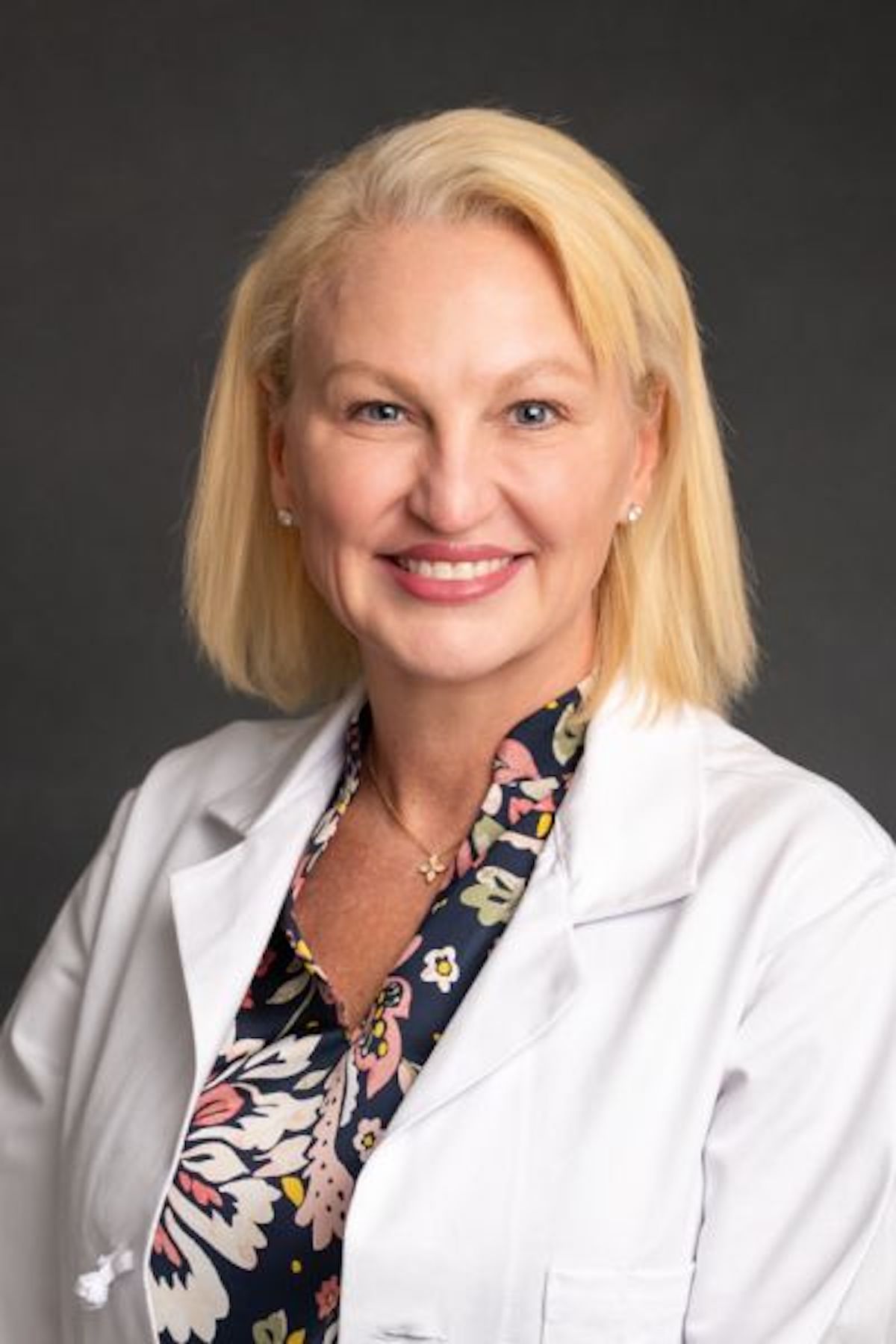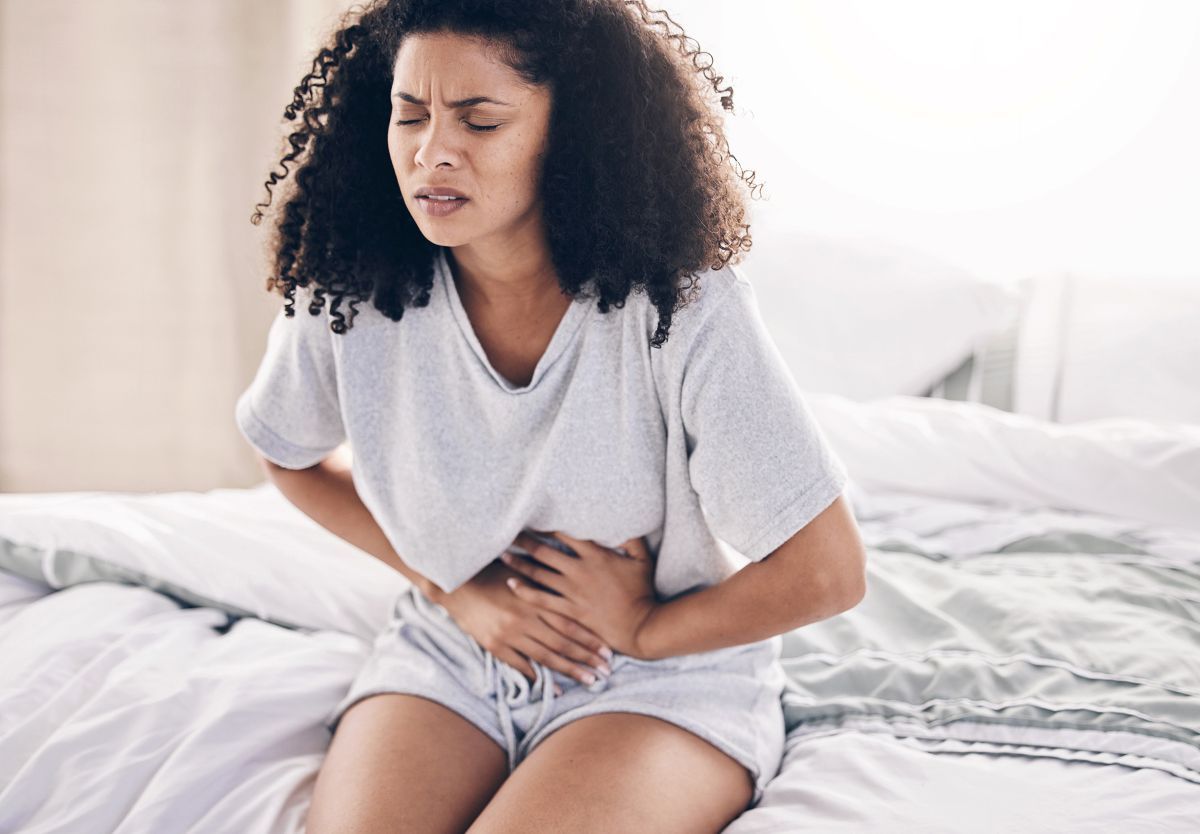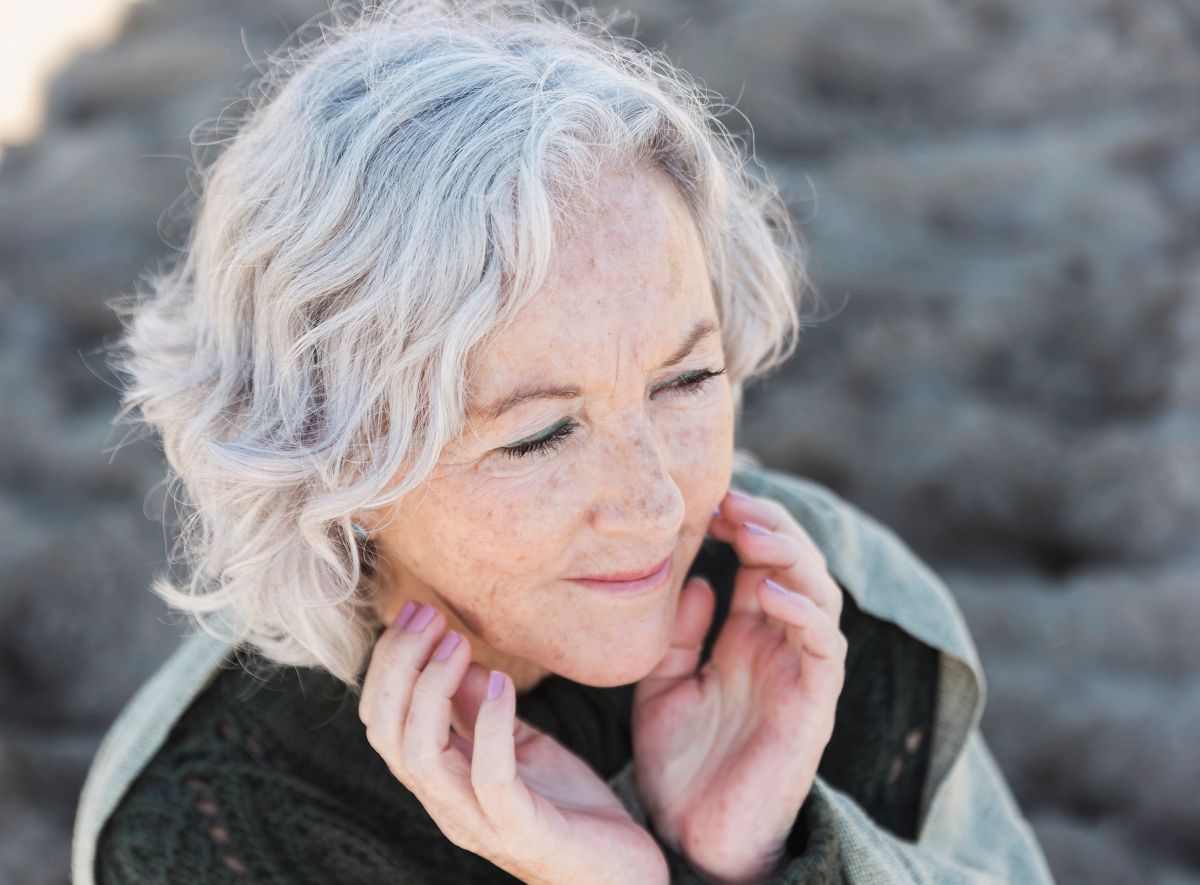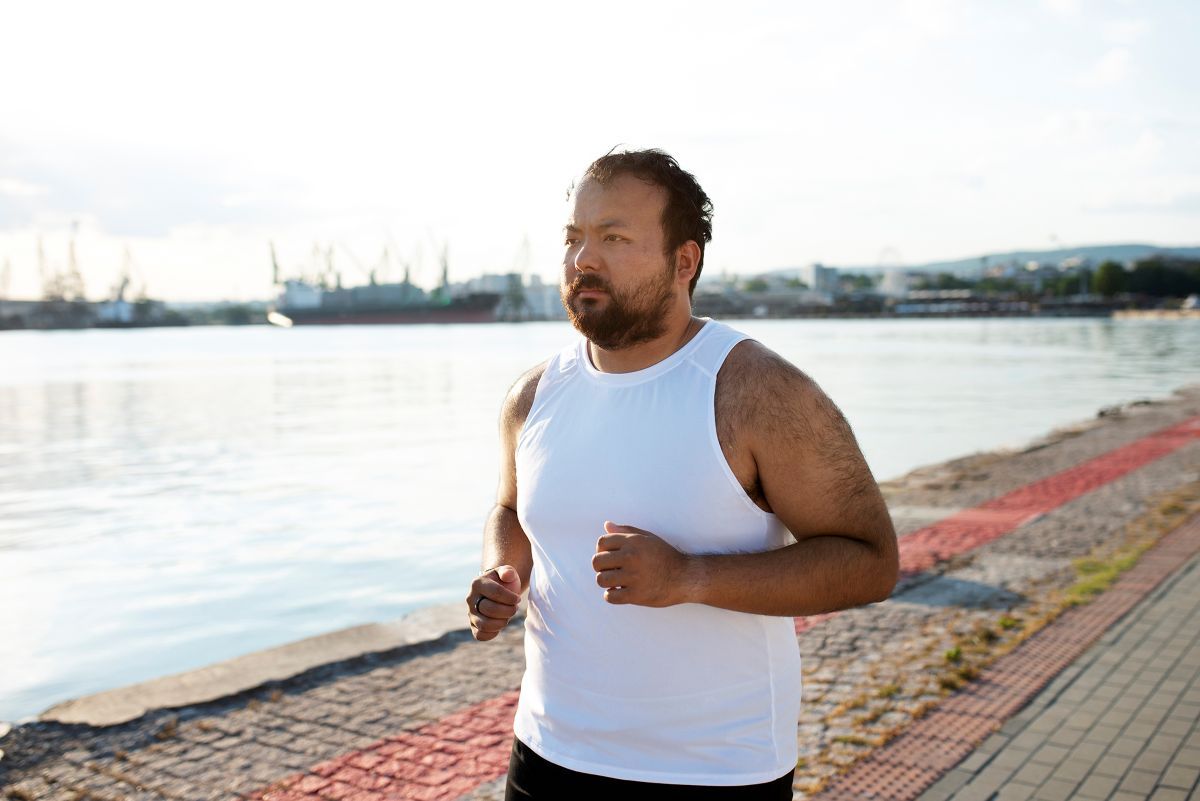The American Academy of Pediatrics has updated its sleep guidelines for infants, which now emphasize the need for babies to sleep on their backs, specifically on a flat, non-inclined surface without any kind of soft bedding.
“It’s really important because a lot of incidences of SIDS, or sudden infant death syndrome, are related to overheating, suffocation, getting wrapped up in bedding,” explained Gina Robinson, MD, pediatrician for Cleveland Clinic Children’s.
According to the academy, approximately 3,500 infants die from sleep-related deaths in the United States every year. The rate of sleep-related infant death declined significantly in the 1990s after the AAP and others recommended that babies be placed on their backs to sleep, but rates have since plateaued, and SIDS remains the leading cause of post neonatal mortality. Black and Native American/Alaska Native infants die at rates more than double that of white babies.
The new guidelines include quite a few changes, like not using car seats, strollers, swings, and infant carriers for routine sleep.
Here are recommendations that reduce the risk of sleep-related infant death:
- Place infants on their backs for sleep in their own sleep space with no other people.
- Use a crib, bassinet, or portable play yard with a firm, flat mattress, and a fitted sheet.
- Avoid sleep on a couch or armchair or in a seating device, like a swing or car safety seat (except while riding in the car).
- Keep loose blankets, pillows, stuffed toys, bumpers, and other soft items out of the sleep space.
- Breastfeed if possible and avoid smoking.
Parents are also encouraged to sleep in the same room, but not in the same bed as their baby, preferably for the six months.
In addition, they should avoid the use of commercial devices that claim to reduce the risk of SIDS or other sleep-related deaths. Products claiming to increase sleep safety may provide a false sense of security and complacency for caregivers.
Dr. Robinson said that also goes for cardiorespiratory monitors, which can give false readings.
“You get a lot of false positive alarms with those. They’re not necessarily all accurate and I think if you have a device like that, it might make you a little relaxed on following the guidelines and making sure that your baby is in that safe space to sleep,” she said.
Dr. Robinson said those with concerns about the sleep guidelines should talk with their child’s pediatrician.
Sourcess: Cleveland Clinic News Service, July 26, 2022;
American Academy of Pediatrics (AAP.org), https://www.aap.org/en/patient-care/safe-sleep/

